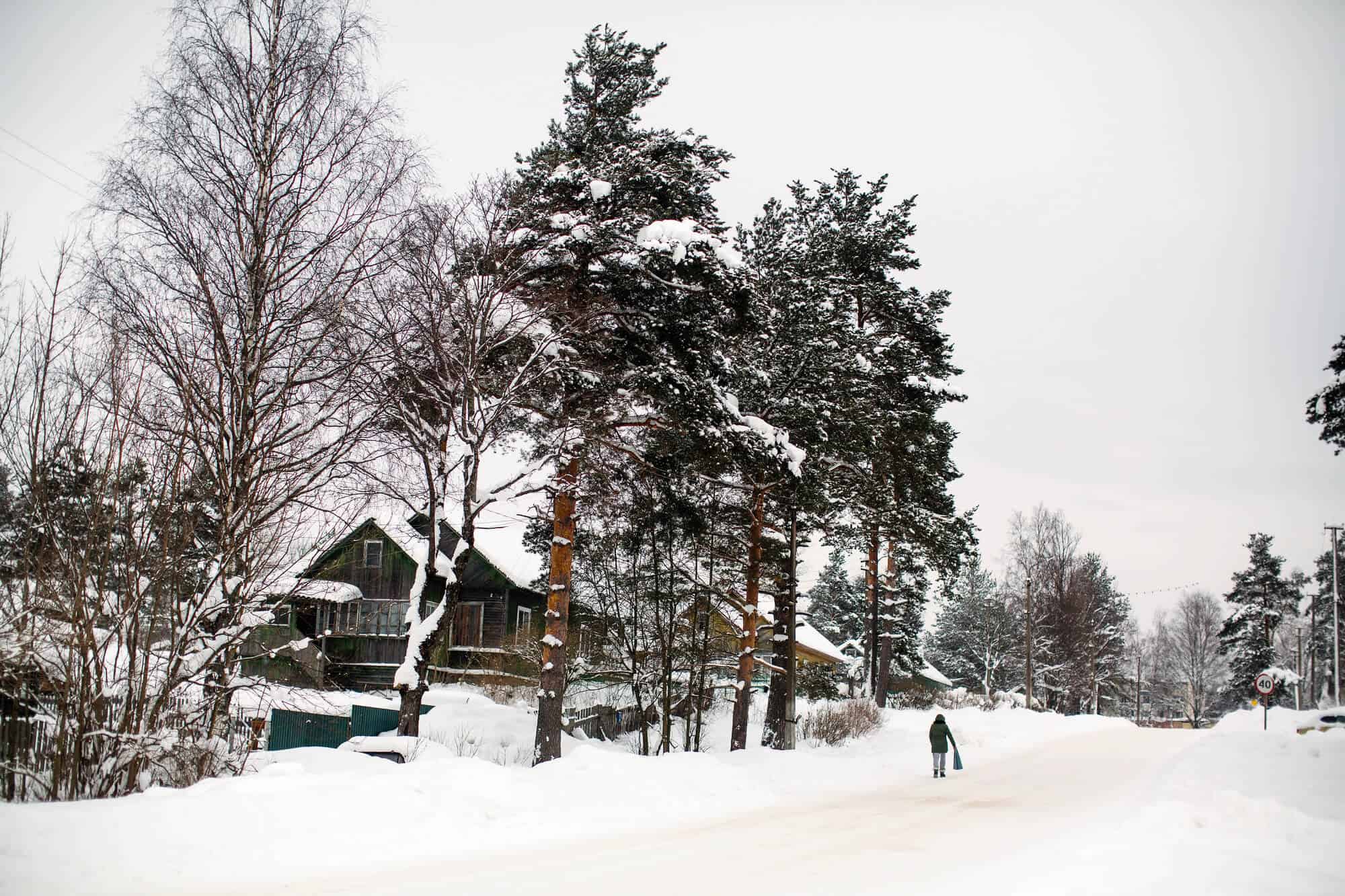Blog
The destructive power of snow and ice

The destructive power of snow and ice
Snow and ice glaze can make your backyard look like a winter wonderland, but it can also become a disaster zone. Here’s a guide to help you prepare your trees for winter and avoid extensive damage.
How snow and ice can damage your trees
When freezing rain strikes a cold surface, it forms a smooth coating of ice glaze. Unfortunately, the excessive weight of ice buildup can bend and break tree branches. In severe conditions, the strain can split trunks and uproot entire trees.
Snow accumulation can cause similar damage, particularly in early fall and late spring when snowfall tends to be wetter and heavier.
Multi-stemmed species and trees with diseased or dead branches are particularly susceptible to snow and ice damage. Saplings are also vulnerable because their bark hasn’t hardened yet.
How to prepare your trees for winter
Regular care and maintenance is the most effective way to protect your trees from damage.
Pruning is key, as it improves the strength, growth and integrity of trees. Be sure to clear away any dead or dying branches before autumn, but don’t remove a tree’s main leader or prune more than 25% of its crown.
Soak your trees a few times before the ground freezes to top up their water reserves and help prevent winter desiccation. A layer of mulch around the base of each tree can help regulate soil temperature, insulate the roots and reduce moisture loss.
Old, weak and previously damaged trees may need to be braced or cabled during the winter for structural reinforcement. Wrap small trees in burlap or strong cloth to protect delicate boughs.
How to care for damaged trees
Prune broken branches as soon as possible to promote recovery and prevent infestation. Cut close to the base of the branch but not through the collar. Pruning large branches and dealing with split trunks are complex procedures that should be carried out by trained and experienced professionals.
Don’t rush to remove a damaged tree unless it’s a safety hazard. Allow snow and ice to melt rather than shaking or scraping it off the branches. The extent of winter storm damage may not be apparent until the spring, so keep an eye out for growth abnormalities and discoloured foliage.
Storm recovery services in Western Canada
Dealing with extensive storm damage can be a daunting and potentially dangerous task. At ArborCare, we have the equipment and skill to help you through the next winter disaster. In addition to our storm recovery service, we offer tree planting, pruning and removal services. To book an appointment with an arborist in Edmonton, Calgary or Kelowna, contact us today.
 1-877-444-8733
1-877-444-8733